
La West returned to her signature role several times over the next quarter century.
The New York Times (1949):
Gallantly supported by four or five handsome, muscular leading men, Mae West has brought “Diamond Lil” back to New York, where it began its renowned career twenty-one years ago. She wriggled through it at the Coronet on Saturday evening, attired in some of the gaudiest finery of the century–the femme fatale of the Bowery, bowling her leading men over one by one with her classical impersonation of a story-book strumpet. . .
[S}he is a fabulous performer and her saloon singer is an incredible creation–a triumph of nostalgic vulgarity. She is always in motion. The snaky walk, the torso wriggle, the stealthy eyes, the frozen smile, the flat, condescending voice, the queenly gestures–these are studies in slow motion, and they have to be seen to be believed. Lazy, confident of her charms, Diamond Lil does not move fast, but she never stands still; and Miss West paces her performance accordingly. . . .
After thoughtfully studying her performance twice in a little over two months, this reviewer is still puzzled over one thing. Is Miss West serious or is she kidding? Not that it matters. She is obviously a good trouper, which is probably the reason she has been able to hold this ramshackle melodrama together for twenty-one years.
On this day in 1992 soprano Deborah Polaski made her Met debut as Kundry.
Born on this day in 1847 composer Francesco Paolo Tosti.

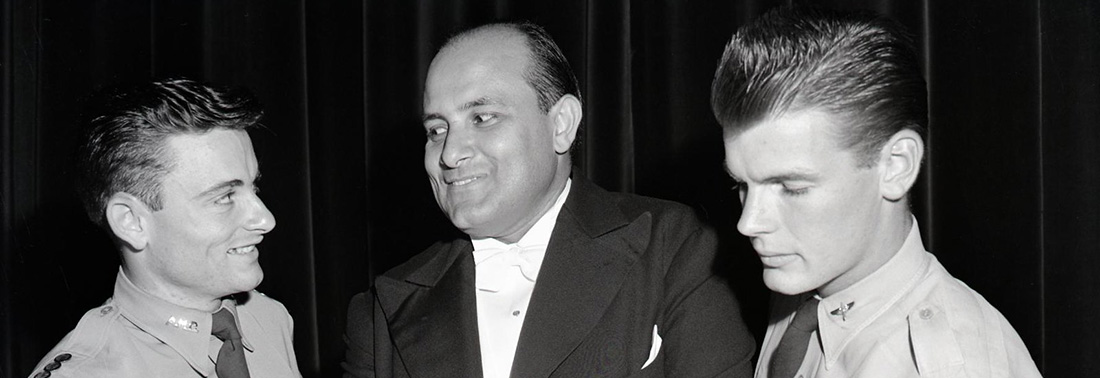
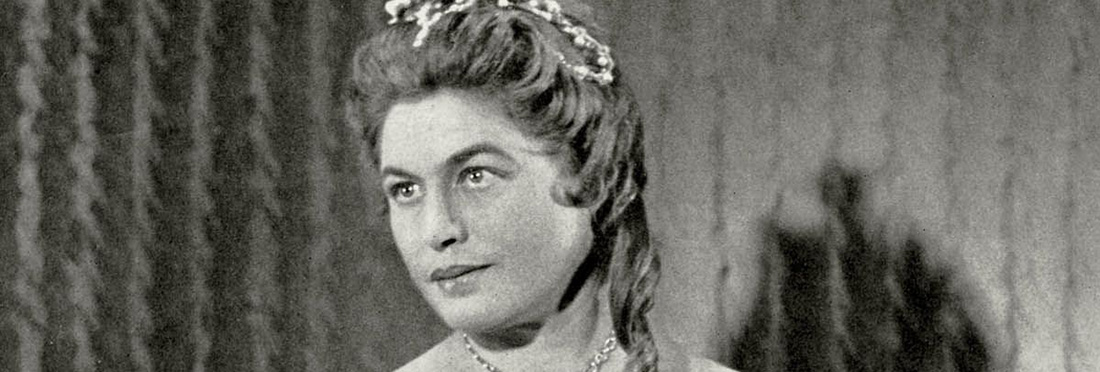

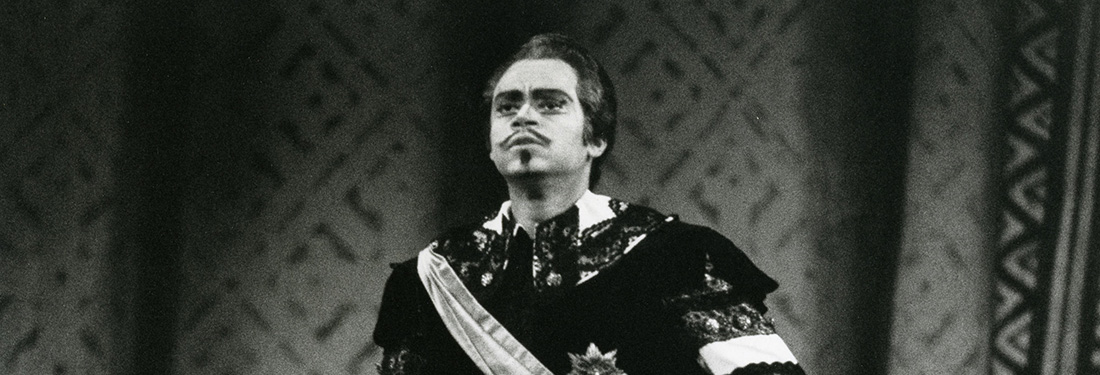
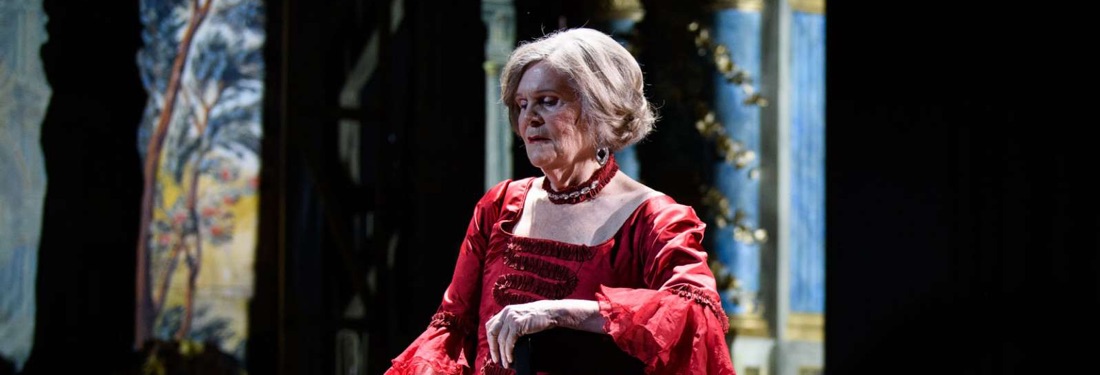

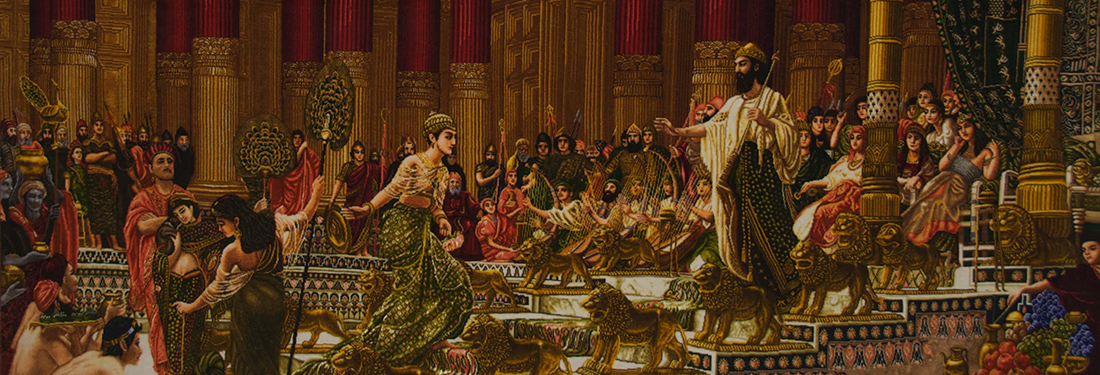
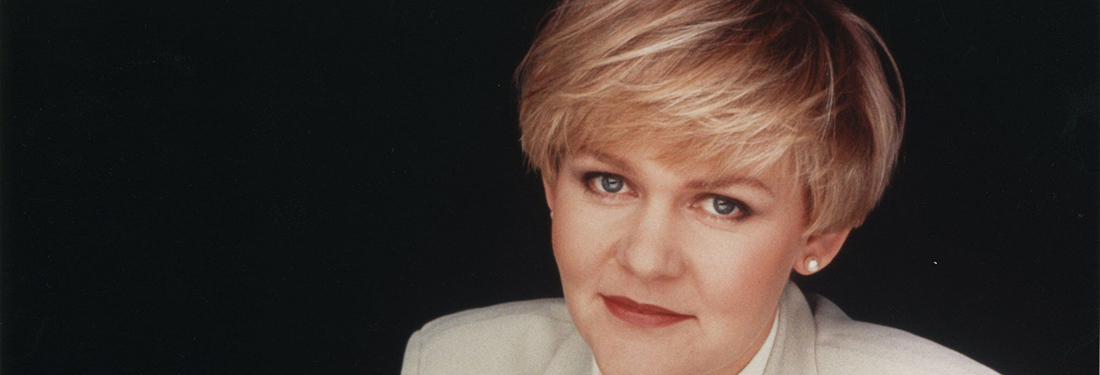
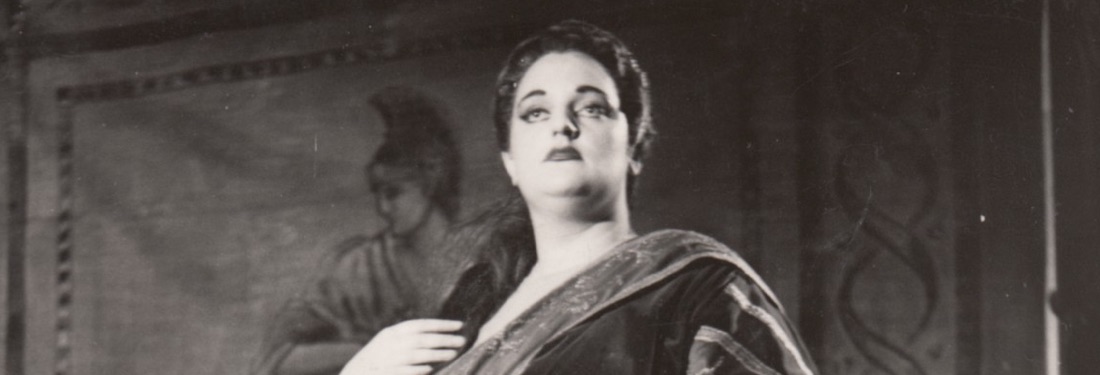
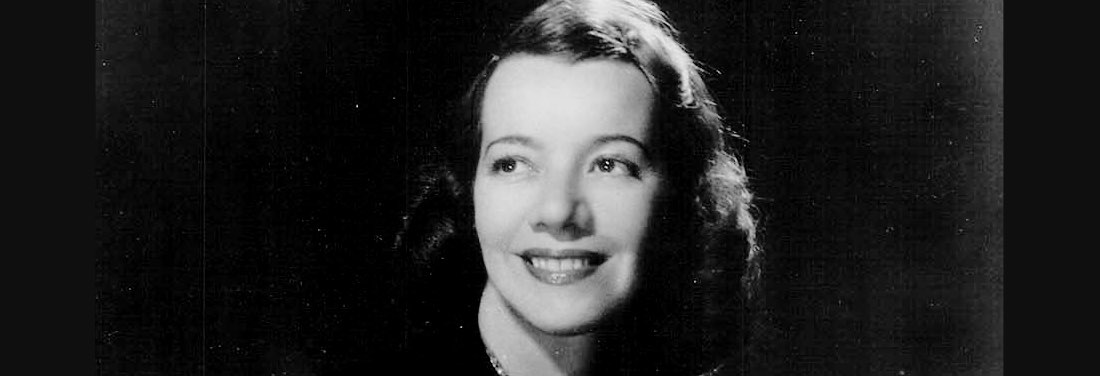
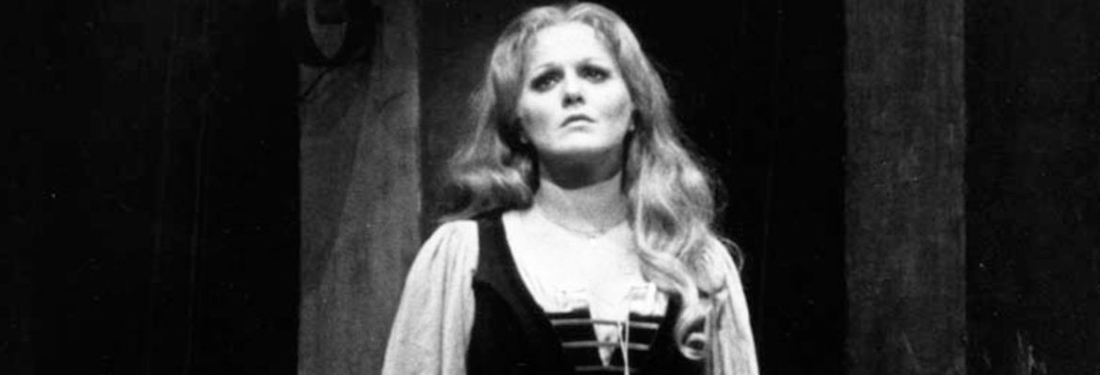

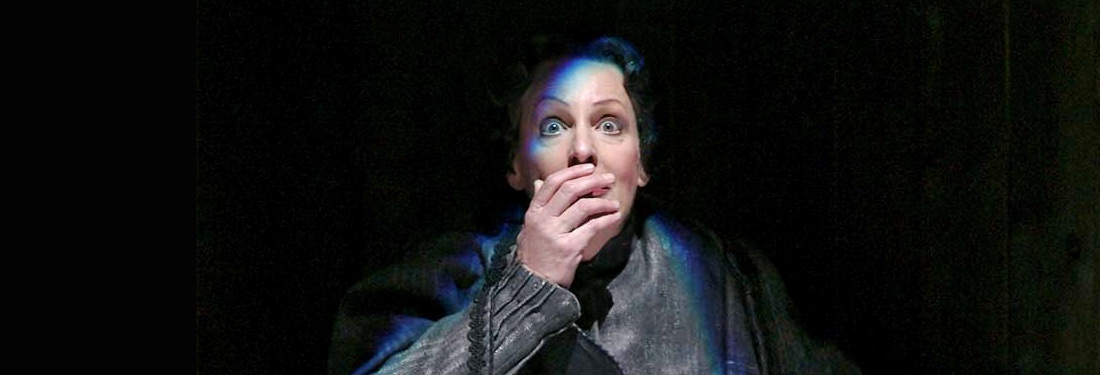



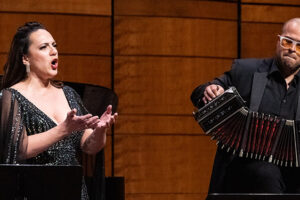





Comments